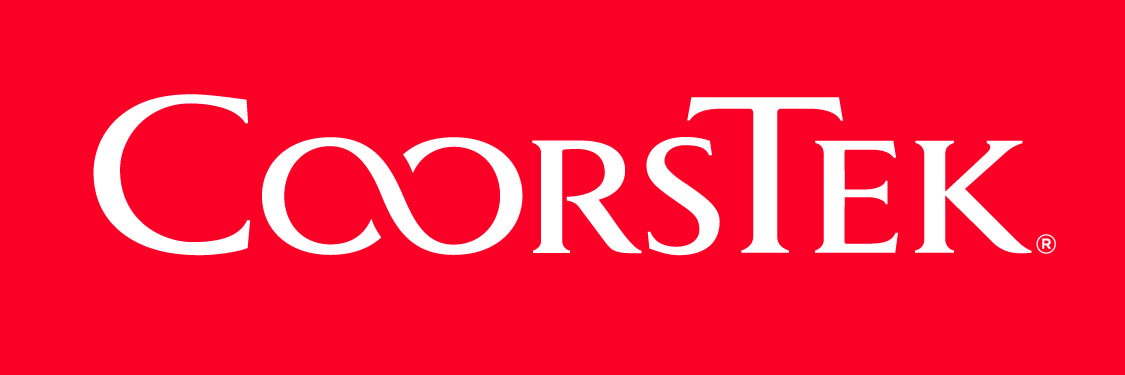 News Release
News ReleaseSoligenix Targets Psoriasis With New Therapy
Benzinga
By Kyle Anthony, Benzinga The skin is the largest organ in the human body. Its softness allows for movement and flexibility, yet it is also durable enough to typically resist breaking or tearing. As one of the body’s more versatile organs, it serves multiple functions, such as being the first line of defense against bacteria and other organisms. However, the skin has another vital role as an indicator of good health; if someone is sick, it often shows in their skin. Soligenix, Inc. (NASDAQ: SNGX), a late-stage biopharmaceutical company focused on developing and commercializing products to treat rare diseases and areas of unmet medical need, is utilizing its pharmaceutical expertise to tackle psoriasis, an autoimmune skin condition that causes itchiness and discomfort. Psoriasis Explained Psoriasis is an autoimmune condition that causes skin inflammation, exacerbated by T-cells of the adaptive immune system (autoimmune response). Symptoms include thick areas of discolored skin covered with scales called plaques. Psoriasis is a chronic skin condition that can flare up unexpectedly. Presently, there is no cure for this condition. According to the National Psoriasis Foundation, approximately 125 million people worldwide suffer from this condition, with more than 8 million of them being in the U.S. Psoriasis has several types, each manifesting on the body and affecting individuals differently. Plaque psoriasis is the most common type; about 80% to 90% of people with psoriasis have plaque psoriasis. Most psoriasis patients have mild or moderate forms of the disease. The former means less than 3% of the body surface area is involved, while the latter usually involves between 3% and 10%. Disease involving more than 10% of body surface area is generally classified as severe. The implications of having psoriasis are not purely aesthetic, as it can decrease a patient’s quality of life including itchiness, dry, cracked skin that can be susceptible to infection and potentially anxiety relating to appearance. Psoriasis can also be associated with cardiovascular, arthritic and metabolic diseases, as well as anxiety, depression and suicide. Psoriasis itself can evolve into chronic inflammatory arthritis called psoriatic arthritis. In addition, individuals with severe psoriasis can have an increased risk of lymphoma, like cutaneous T-cell lymphoma. Soligenix’s Treatment Of Psoriasis Generally, treatment for psoriasis is predicated on its severity. The primary objective in treating psoriasis is to reduce the rate at which skin cells grow and divide and to remove the scales. Treatments can be divided into topical treatments, light therapy (phototherapy or photodynamic therapy) and systemic (oral or injected) medications. Soligenix’s product offering for treating psoriasis is SGX302. This treatment utilizes photodynamic light therapy and synthetic hypericin to treat mild-to-moderate psoriasis. Hypericin is renowned for its antimicrobial properties, including activity against bacteria, fungi and viruses. SGX302’s treatment methodology involves applying an ointment to the affected areas and utilizing a visible light to activate it. Soligenix reports that synthetic hypericin tends to accumulate in T-cells. When synthetic hypericin is activated, it creates oxygen radicals, which subsequently kill the targeted T-cells, Soligenix says. Soligenix reports that clinical studies with SGX302 have found it safe and efficacious in treating the disease. The press release regarding the phase 2a study noted that all patients tolerated SGX302 therapy well, and no drug-related adverse events were identified. Furthermore, the Psoriasis Activity and Severity Index (PASI) score, another well-characterized measure of treatment success, had a mean drop of approximately 50% over the 18-week treatment for patients in cohort 2. Regarding the success of their clinical studies and the learnings gathered, Christopher J. Schaber, PhD, president and CEO of Soligenix, has stated, "We are pleased with the preliminary findings from our ongoing Phase 2a trial. Current estimates show as many as 60-125 million people worldwide living with the condition, with a global treatment market valued at approximately $15 billion in 2020 and projected to reach as much as $40 billion by 2027. The success of HyBryte™ in targeting malignant T-cells during CTCL clinical trials is a promising indicator of the ability of SGX302 to provide a much-needed approach for the treatment of mild-to-moderate psoriasis, also caused by dysregulated T-cells." Soligenix says it is making material and meaningful progress in treating psoriasis. As the firm progresses in tackling psoriasis and other rare diseases, it hopes to establish a distinct value proposition in the market. For more information on Soligenix's recent stock performance, click here. Featured photo by Louis Reed on Unsplash. Benzinga is a leading financial media and data provider, known for delivering accurate, timely, and actionable financial information to empower investors and traders. This post contains sponsored content. This content is for informational purposes only and is not intended to be investing advice. Contact Details Benzinga +1 877-440-9464 info@benzinga.com Company Website http://www.benzinga.com
January 17, 2025 08:30 AM Eastern Standard Time
Image






